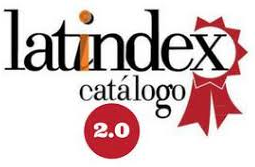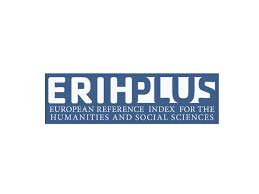Empowering Learners with Vision Impairment: Creating Accessible Chemistry Learning Environments
Keywords:
There are many visual components to learning chemistry, which may be challenging for individuals with vision issues.Abstract
There are many visual components to learning chemistry, which may be challenging for individuals with vision issues. This study examines how to make chemistry more approachable via the use of tactile, adaptive, and aural technologies. Examples of tactile learning tools include 3D printed molecular models, tactile periodic tables, and braille labelling. Audio software that offers information and aural feedback on lab equipment is one example of an auditory resource that is used. Adaptable lab equipment is employed, along with digital resources that are compatible with screen readers and electronic Braille displays. Using multimodal teaching techniques, verbally explaining visual information, and training teachers in inclusive practices are examples of pedagogical changes. Visually impaired students' comments and quantitative performance data both show significant increases in comprehension and engagement. The study highlights how important it is to continue developing inclusive teaching methods and readily accessible resources to ensure that all students can excel in chemistry. This research highlights how crucial it is to eliminate barriers so that all students may get a chemical education, promoting inclusion and diversity in the scientific community.








